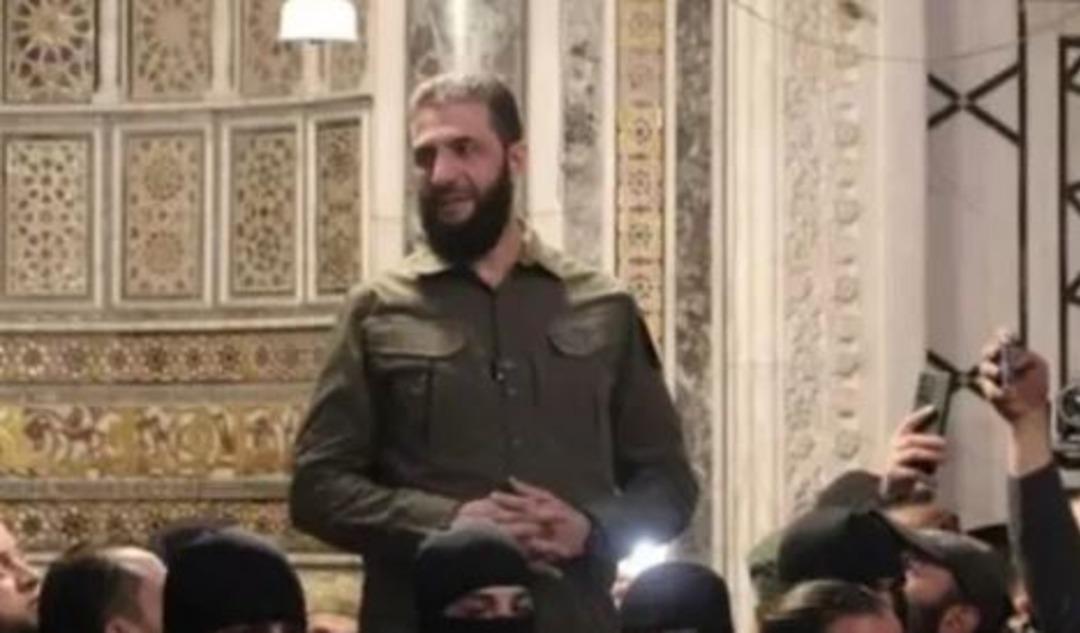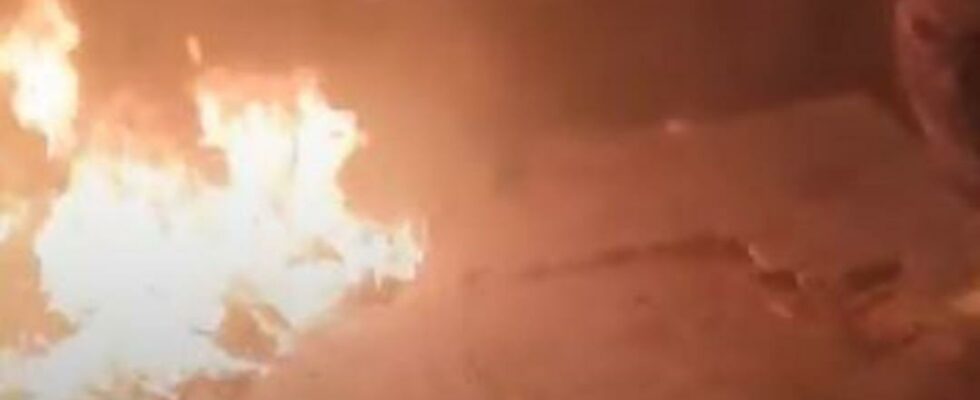Syrian opposition set fire to the grave of Hafez Assad, the father of deposed leader Bashar Assad and who ruled the country for nearly 30 years. The images that went viral on social media were recorded in Latakia, the hometown of the Assad family.
The grave of Hafez Assad, who was president until 2000, in Kardaha, northwest of the Latakia region, was destroyed and burned.
Images of some armed people chanting slogans around the burning mausoleum were shared.

After the Arab Socialist Ba’ath Party came to power in Syria with a coup in 1963, Bashar Assad’s father, Hafez Assad, seized power in a coup within the party in 1970 and became the President of Syria in 1971.

Bashar Assad became the head of the Baath regime in 2000 after his father’s death. Assad and the Baath rule ended when anti-regime groups entered the capital Damascus.
HTŞ LEADER COLANI SPOKE CLEARLY: “NO AMNESTY FOR TORTORISTS”
On the other hand, Mohammed al-Colani, leader of Hayat Tahrir al-Sham (HTS), which played a leading role in the overthrow of Syrian President Bashar Assad, said that those responsible for torture and deaths in prisons cannot escape justice.

Syria’s notorious detention centers were opened after the overthrow of Assad and the extent of torture was revealed.
Colani, in his statement published on the state broadcaster’s Telegram channel, said that there would be no amnesty or pardon for regime officials involved in torture.
“We will pursue them in Syria and ask the countries to hand over those who fled so that we can achieve justice,” the HTS leader said.
SOME OF THEM FLED ABROAD
In the two weeks following the collapse of the Assad regime and the end of the nearly 14-year civil war with the surprise attack launched by HTS on the northern city of Aleppo, the regime’s commanders were pursued.
Many senior officials have fled abroad, and some are believed to be hiding on the coasts where the regime’s support has traditionally been strongest.

DAYS FOLLOWING HINTS
Many people are still scouring the corridors of the regime’s detention centers looking for clues to the whereabouts of their missing loved ones.
At least 300 thousand people were killed in the civil war that started in 2011. 130 thousand people are still missing. The majority of them are believed to have disappeared into the prison system.
35 MORE BODIES ARRIVED
35 bodies bearing signs of torture arrived at the morgue of a hospital in Damascus yesterday, and doctors asked people to examine photographs of their battered bodies.
